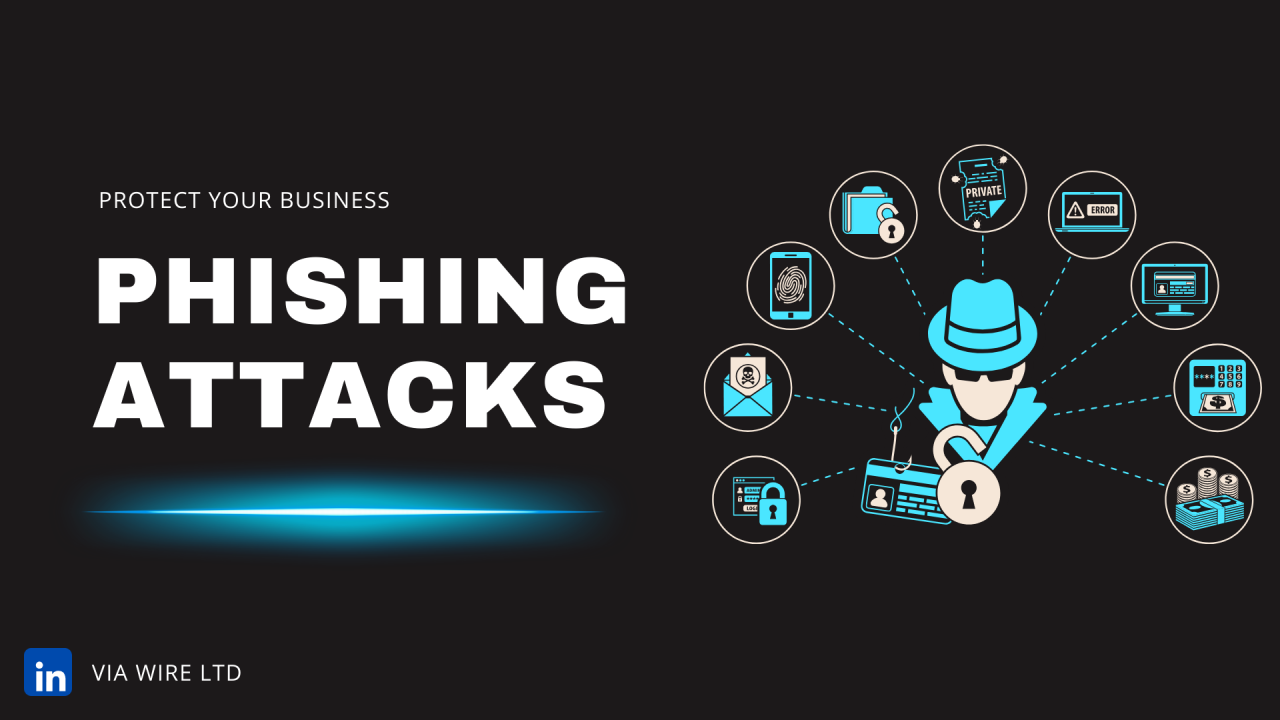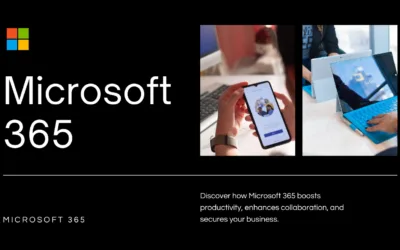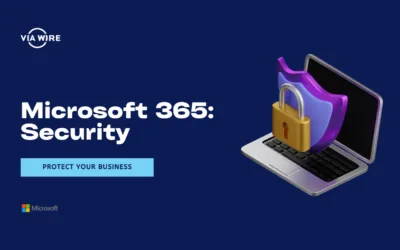Phishing attacks continue to be one of the most prevalent and damaging cybersecurity threats facing businesses today. With cybercriminals becoming increasingly sophisticated, it’s crucial for organisations to implement robust strategies to safeguard against these threats.
In this newsletter, we’ll delve into the world of phishing attacks, explore common tactics used by attackers, and provide actionable tips for employees to stay vigilant.
Understanding Phishing Attacks:
Phishing attacks involve fraudulent attempts to obtain sensitive information, such as login credentials, credit card numbers, or personal details, by posing as a trustworthy entity. These attacks typically occur through email, but can also happen via text messages, social media, or phone calls. Cybercriminals often employ psychological manipulation and social engineering techniques to trick individuals into divulging confidential information or clicking on malicious links.
Common Tactics Used by Attackers:
1. Email Spoofing: Attackers impersonate legitimate organisations or individuals, using fake email addresses that closely resemble genuine ones.
2. Deceptive URLs: Phishing emails often contain links to fake websites that mimic the appearance of authentic ones. These URLs may appear genuine at first glance but redirect users to malicious pages designed to steal information.
3. Urgency and Fear Tactics: Phishing emails frequently create a sense of urgency or fear to prompt immediate action from recipients. For example, they may claim that an account has been compromised and urge users to reset their passwords by clicking on a provided link.
4. Attachment-Based Attacks: Some phishing emails contain malicious attachments, such as infected documents or executables, which can compromise the recipient’s device when opened.
Preventing Phishing Attacks:
1. Employee Training and Awareness: Educate employees about the dangers of phishing attacks and provide regular training sessions to help them recognise common red flags. Encourage scepticism and emphasise the importance of verifying the authenticity of unexpected emails or requests.
2. Implement Email Filtering: Utilise advanced email filtering solutions to detect and block phishing emails before they reach employees’ inboxes. These tools can analyse email headers, content, and sender reputation to identify suspicious messages.
3. Multi-Factor Authentication (MFA): Enforce MFA for accessing sensitive systems or accounts. This additional layer of security helps prevent unauthorised access, even if login credentials are compromised.
4. Regular Software Updates: Keep software and systems up to date with the latest security patches to address vulnerabilities that could be exploited by attackers.
5. Use of HTTPS: Encourage employees to check for the presence of HTTPS in website URLs before entering sensitive information. Secure websites encrypt data transmitted between the user’s browser and the server, reducing the risk of interception by malicious actors.
Remaining Vigilant:
1. Inspect URLs: Encourage employees to hover over hyperlinks in emails to preview the destination URL before clicking. Advise them to be wary of URLs that contain misspellings or unusual characters.
2. Verify Sender Identities: Train employees to scrutinise sender email addresses carefully. Look for subtle discrepancies or irregularities that may indicate a spoofed address.
3. Think Before Clicking: Remind employees to exercise caution when interacting with emails, especially those requesting sensitive information or immediate action. Encourage them to verify the legitimacy of requests through alternative communication channels if necessary.
4. Report Suspicious Activity: Establish clear procedures for employees to report suspected phishing attempts or security incidents promptly. Encourage a culture of transparency and collaboration in addressing cybersecurity concerns.
In conclusion, protecting your organisation from phishing attacks requires a multifaceted approach encompassing technology, education, and vigilance.
By staying informed, implementing best practices, and fostering a security-conscious culture, you can mitigate the risks posed by phishing threats and safeguard your company’s sensitive information.
Stay safe and secure.




0 Comments